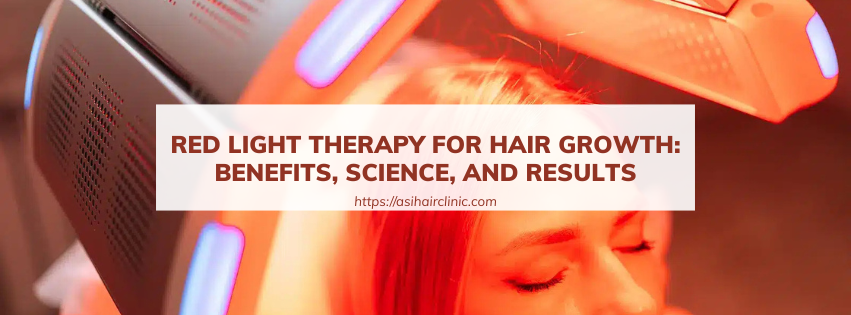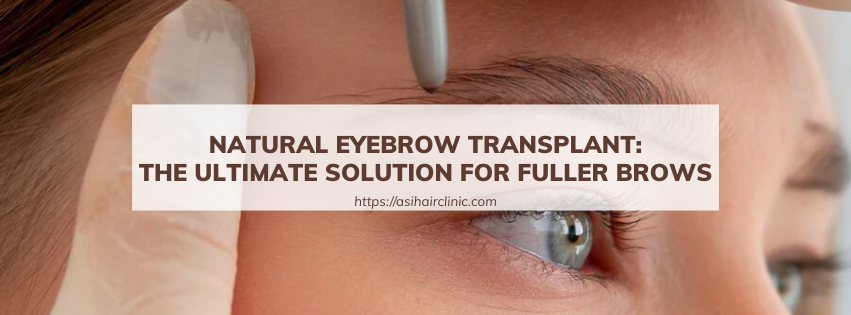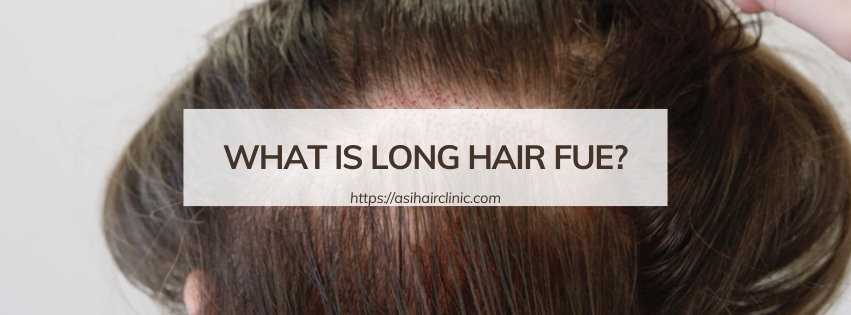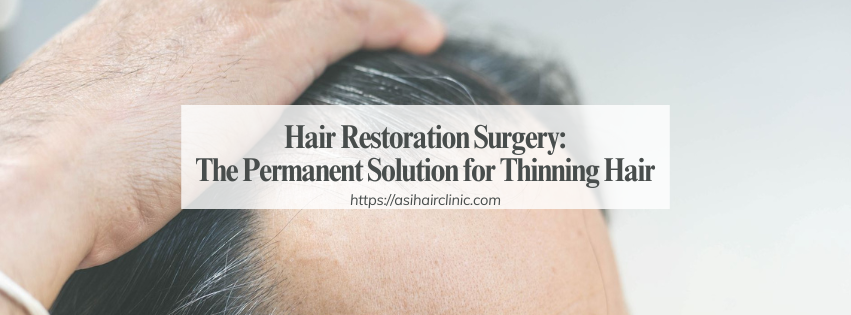FUE vs. DHI for Black Hair Transplant: Which Technique is Best?
Black hair transplant has become a significant subject in the field of aesthetic enhancement, especially as more individuals seek effective solutions to address hair loss. Among the various techniques available in the market, Follicular Unit Extraction (FUE) and Direct Hair Implantation (DHI) have emerged as the most popular choices. Both methods boast unique advantages and distinct procedures, but they also come with their own set of drawbacks. This article will explore these two leading hair transplant techniques, providing insight into their processes, pros and cons, and ultimately guiding you towards the best choice for black hair.
1. What is FUE Hair Transplant?
Follicular Unit Extraction (FUE) is a modern surgical technique used for hair restoration that involves extracting individual hair follicles from a donor area and implanting them into thinning or bald areas of the scalp. The method has gained traction due to its minimally invasive nature, which allows patients to experience quicker recovery times compared to traditional hair transplant techniques.
The essence of FUE lies in its meticulous approach. Surgeons extract each follicle one by one using precision tools. This ensures that the surrounding skin and tissue remain largely intact, minimizing scarring and postoperative discomfort. For individuals considering a black hair transplant, FUE can be particularly appealing due to its ability to produce natural-looking results when executed correctly.
1.1. How FUE Works
FUE operates through a well-defined series of steps designed to ensure optimal results for patients.
Initial Consultation: Before undergoing an FUE procedure, patients meet with their surgeon to discuss expectations, assess the extent of hair loss, and determine if they are suitable candidates for the technique. During this meeting, the doctor will analyze hair density, scalp health, and potential donor sites.
Extraction Process: Once the patient is deemed eligible, the extraction phase begins. Using a specialized tool, the surgeon extracts hair follicles from the donor area, typically located at the back of the head. The harvesting process is performed under local anesthesia, ensuring that the patient remains comfortable throughout.
Implantation: After extraction, the harvested follicles are prepared for implantation. Surgeons create tiny incisions in the recipient area and carefully place the follicles into the scalp. This step requires a high level of artistry, as the angle, direction, and depth of each follicle must mimic natural hair growth patterns.
Post-Procedure Care: Following the procedure, patients receive specific aftercare instructions to promote healing and minimize complications. It’s vital to follow these guidelines diligently to achieve the desired results.
1.2. Pros and Cons of FUE for Black Hair
As with any medical procedure, FUE comes with its advantages and disadvantages, especially concerning black hair.
Advantages of FUE:
- Minimal Scarring: One of the foremost benefits of FUE is that it causes negligible scarring, a crucial factor for many patients with black hair who often prefer to wear shorter hairstyles.
- Natural Outcomes: When performed by skilled professionals, FUE can yield highly natural-looking results. The careful placement of individual follicles allows for a seamless integration with existing hair.
- Quick Recovery: Because FUE is less invasive than traditional hair transplant methods, recovery time tends to be faster, allowing patients to return to their daily activities sooner.
- Versatility: FUE is adaptable for varying degrees of hair loss and different hair types, making it suitable for a wide range of patients.
Disadvantages of FUE:
- Time-Consuming: FUE can be a lengthy process, as each follicle is extracted individually. Depending on the number of grafts needed, the entire procedure may take several hours.
- Costly Procedure: The advanced technology and expertise required for FUE may make it more expensive than other methods.
- Potential for Uneven Growth: If not done meticulously, there’s a risk of uneven hair growth, leading to suboptimal outcomes.
Ultimately, assessing these advantages and disadvantages is crucial for patients contemplating FUE for their black hair transplant journey.
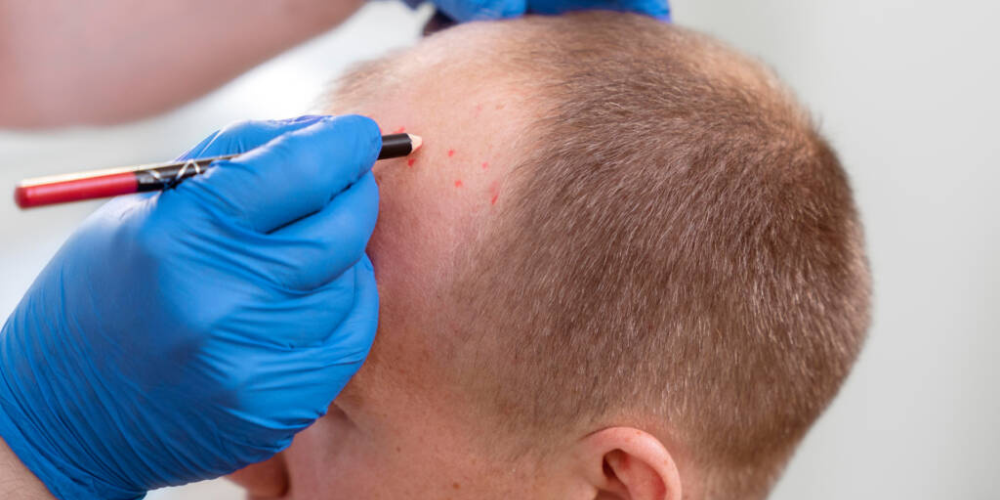
2. What is DHI Hair Transplant?
Direct Hair Implantation (DHI) is a sophisticated hair restoration technique that is often regarded as an evolution of the FUE method. Like FUE, DHI involves the extraction of individual hair follicles; however, it distinguishes itself primarily through the way these follicles are implanted.
In DHI, a specialized tool known as the Choi Implanter Pen is employed, enabling the surgeon to extract and implant hair follicles simultaneously. This innovative method minimizes the time that grafts spend outside the body, thus increasing the likelihood of successful hair transplant outcomes.
For individuals considering a black hair transplant, DHI offers some distinctive features that can enhance the overall experience.
2.1. How DHI Works
DHI incorporates a few critical stages that highlight its unique approach to hair transplantation.
Consultation Phase: Similar to FUE, the initial consultation is vital in DHI. Patients discuss their goals, expectations, and medical history, allowing the surgeon to craft a tailored treatment plan.
Follicle Extraction: Much like FUE, DHI starts with the extraction of individual hair follicles from the donor site. This step is performed under local anesthesia, ensuring comfort during the procedure.
Simultaneous Implantation: The defining characteristic of DHI is that the implanter pen allows for simultaneous extraction and immediate implantation of follicles. By utilizing this device, surgeons create precise incisions in the recipient area, inserting the hair follicles directly into the scalp. This ensures optimal placement and reduces the duration that follicles remain outside the body.
Post-Operative Care: Patients receive comprehensive care instructions post-procedure, which are crucial for ensuring healthy regrowth and minimal complications.
2.2. Pros and Cons of DHI for Black Hair
DHI presents its own set of advantages and disadvantages that are essential to consider for those seeking a black hair transplant.
Advantages of DHI:
- Precision Placement: The use of the Choi implanter pen allows for exceptional control over the angle, direction, and depth of each follicle’s placement, resulting in more natural-looking hairlines.
- Reduced Trauma: Since follicles are only outside the body for a short period, DHI significantly reduces trauma, enhancing follicle survival rates.
- Less Bleeding and Swelling: The DHI technique typically leads to less bleeding and swelling during and after the procedure, contributing to a more comfortable experience for patients.
- Rapid Healing: Similar to FUE, DHI promotes rapid healing times, allowing patients to enjoy their results sooner.
Disadvantages of DHI:
- Higher Costs: The advanced technology utilized in DHI often translates to higher costs, making it less accessible for some patients.
- Skill Requirement: DHI demands a high level of expertise, as the precision involved makes it crucial for the surgeon to possess extensive training and experience.
- Longer Overall Procedure: While the extraction and implantation occur simultaneously, the overall procedure can still be time-consuming, especially for larger cases.
When considering DHI for a black hair transplant, weighing these pros and cons can help patients make an informed decision.
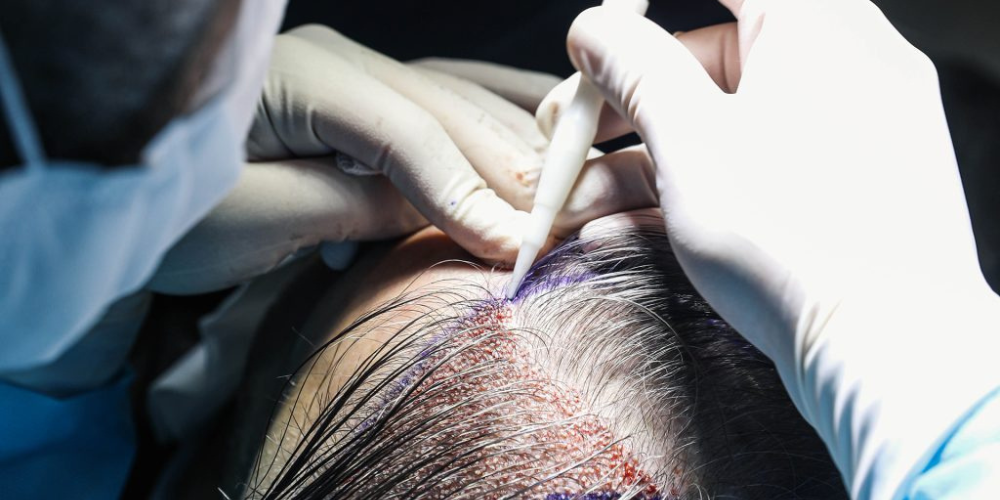
3. Key Differences Between FUE and DHI for Black Hair Transplant
Understanding the differences between FUE and DHI is essential for black hair transplant candidates. Each technique offers distinct approaches, outcomes, and experiences that may better suit individual needs and preferences.
Extraction Method: While both FUE and DHI involve the extraction of individual hair follicles, FUE separates these steps. In contrast, DHI combines extraction and implantation, streamlining the process. This difference in methodology can impact the overall experience and results.
Implantation Techniques: FUE relies on manual incisions made by the surgeon before placing the extracted hair follicles. DHI, however, utilizes an implanter pen that creates incisions and implants follicles in one fluid motion. This aspect of DHI allows for greater precision and potentially more natural outcomes.
Recovery Time: Both techniques boast relatively quick recovery times; however, DHI may offer an edge regarding reduced swelling and trauma, leading to a smoother healing process.
Scarring: FUE is known for its minimal scarring, while DHI can offer even less visible results due to the reduced incision size and method of implantation. However, individual healing responses can vary, affecting perceived scarring.
Cost Considerations: In general, DHI tends to be more expensive than FUE due to the technology and expertise required. Thus, budget considerations may play a critical role in choosing the right technique.
Understanding these key differences can empower patients to make decisions aligned with their individual circumstances, lifestyle, and aesthetic goals.
4. Which Technique is Best for Black Hair?
With both FUE and DHI presenting compelling arguments for their respective methodologies, determining which technique is best for black hair requires careful consideration of multiple factors.
4.1. Factors to Consider
Several important factors should guide candidates when choosing between FUE and DHI for their black hair transplant:
Hair Type and Density: The texture and curl pattern of black hair can influence the selected hair transplantation technique. Some patients may find that the precision of DHI produces results more in line with their natural hair growth patterns and style preferences.
Extent of Hair Loss: Individuals experiencing significant hair loss may benefit from FUE's capability to harvest larger numbers of grafts in one sitting. Conversely, those with less severe hair loss might appreciate the meticulous approach offered by DHI.
Budget Constraints: Financial considerations can significantly impact the ultimate choice. Patients should evaluate their budgets and compare costs associated with each technique, including potential additional expenses related to follow-up care.
Surgical Expertise: The skill and experience of the surgeon performing the procedure are paramount. Candidates should research and choose a qualified professional, as their expertise will greatly influence the outcome regardless of the chosen technique.
4.2. Expert Recommendations
Seeking insights from industry professionals can further aid decision-making. Many surgeons may recommend FUE for patients desiring a more extensive graft count and a quicker procedure. On the other hand, DHI may be preferable for individuals prioritizing precision and a shorter recovery period.
Moreover, engaging in conversations with prior patients can provide valuable anecdotal evidence of the effectiveness and satisfaction associated with either technique. A thorough understanding of personal experiences often adds depth to the considerations at hand.
Conclusion
In conclusion, both FUE and DHI represent powerful options in the realm of black hair transplants. Each technique presents unique advantages and challenges, and the ideal choice largely depends on individual circumstances, values, and desired outcomes.
By carefully evaluating the specifics of both methods-including extraction and implantation processes, recovery times, associated costs, and factors such as hair type-it is possible to arrive at an informed decision that aligns with your aesthetic ambitions and lifestyle. Ultimately, consulting experienced professionals and considering your unique hair situation will allow you to navigate the hair transplant landscape with confidence, paving the way toward achieving the look you desire.
LATEST POSTS



